Autel MaxiCOM MK808TS Manual
Læs gratis den danske manual til Autel MaxiCOM MK808TS (162 sider) i kategorien Ikke kategoriseret. Denne vejledning er vurderet som hjælpsom af 23 personer og har en gennemsnitlig bedømmelse på 4.5 stjerner ud af 12 anmeldelser.
Har du et spørgsmål om Autel MaxiCOM MK808TS, eller vil du spørge andre brugere om produktet?

Produkt Specifikationer
| Mærke: | Autel |
| Kategori: | Ikke kategoriseret |
| Model: | MaxiCOM MK808TS |
Har du brug for hjælp?
Hvis du har brug for hjælp til Autel MaxiCOM MK808TS stil et spørgsmål nedenfor, og andre brugere vil svare dig
Ikke kategoriseret Autel Manualer


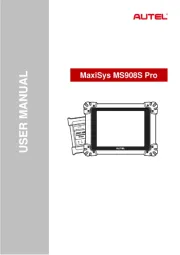
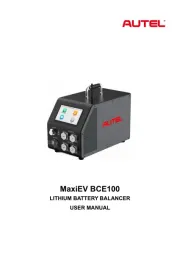
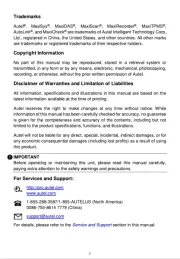
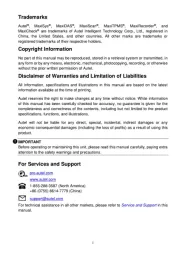
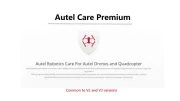
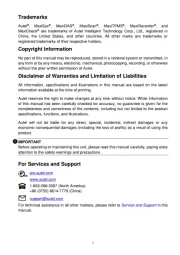
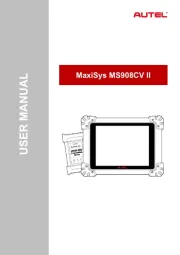
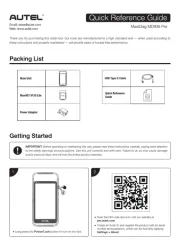
Ikke kategoriseret Manualer
- Universal Remote Control
- Suunto
- OpenVox
- LightZone
- Rug Doctor
- Olight
- ANZZI
- Lanberg
- Olympus
- Voodoo Lab
- Plant Craft
- Safescan
- Ignition
- Robus
- Imperial
Nyeste Ikke kategoriseret Manualer









